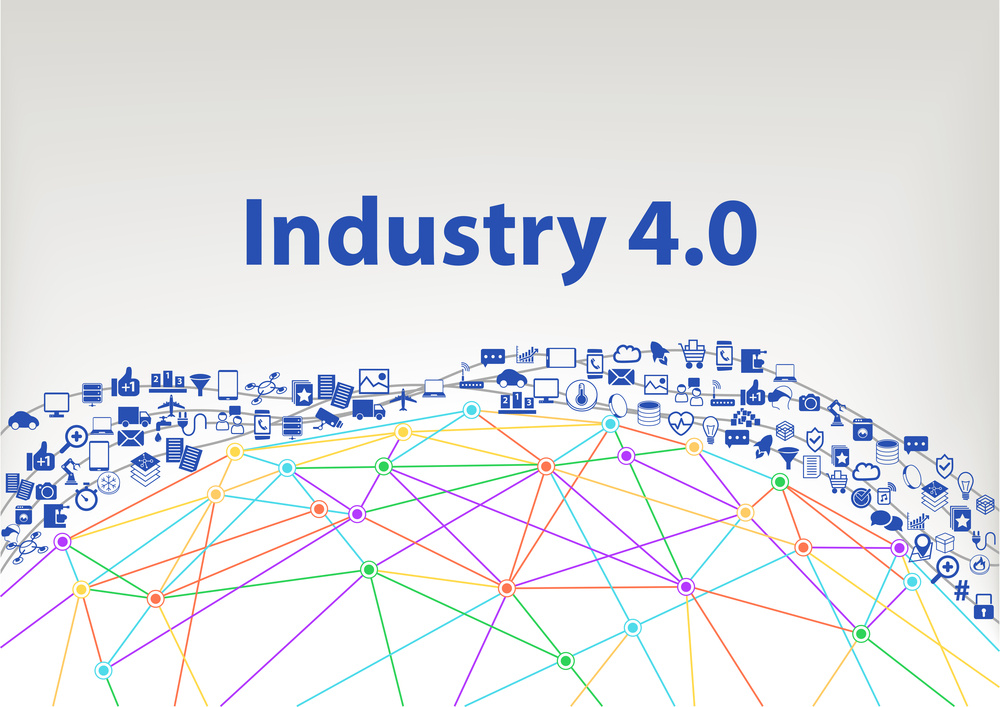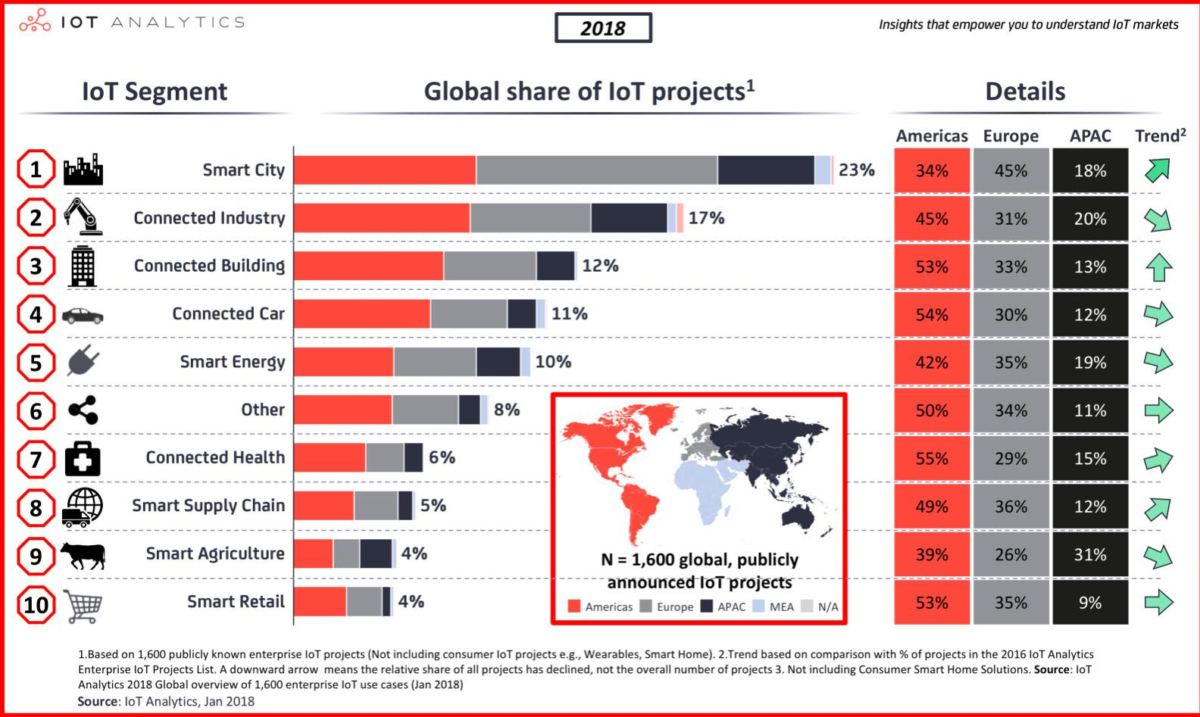The Internet of Things (IoT) continues to grow at an accelerating pace. IoT investment in 2017 through 2022 will reach $1.2 trillion.
This figure represents a compounded annual growth rate (CAGR) of over 13%. A large portion of this growth will come from industrial applications, according to IDC forecasts.
As a result of this robust growth, many have begun to use the term “Industry 4.0” as a catch-all for industrial IoT applications integrating smart technologies.
However, others have begun referring to such integrations as the Industrial Internet of Things (IIoT). According to i-Scoop, within the IoT industry, IIoT alone will reach a value of $123.89 billion by 2021.
Regardless of the specific terminology, Industry 4.0 has come to represent the next step in industrial technology. As computers and other devices become increasingly connected to the IoT, further integrations with artificial intelligence (AI), blockchain, and edge computing can unlock additional functionality and value.
Through the collection and interpretation of data over-optimized networks, emerging smart technologies will continue to improve industrial systems and processes.
This interconnectivity will push industry 4.0 forward by facilitating the creation and sharing of information between devices.
In this article, we’ll explore some of the technologies shaping Industry 4.0, how these technologies interact, and how companies can adapt in the future.
Technologies Shaping Industry 4.0
Industry 4.0 represents the integration of several technologies that aim to improve industrial processes.
To understand how these technologies can work together, it’s crucial to understand their independent functionality within the ecosystem.
Edge Computing
According to IDC, IoT edge computing is a “mesh network of micro data centers that process or store critical data locally; and push all received data to a central data center or cloud storage repository; in a footprint of less than 100 square feet.”
Using edge computing, incoming data from IoT devices is analyzed before being sent to a data center or cloud platform.
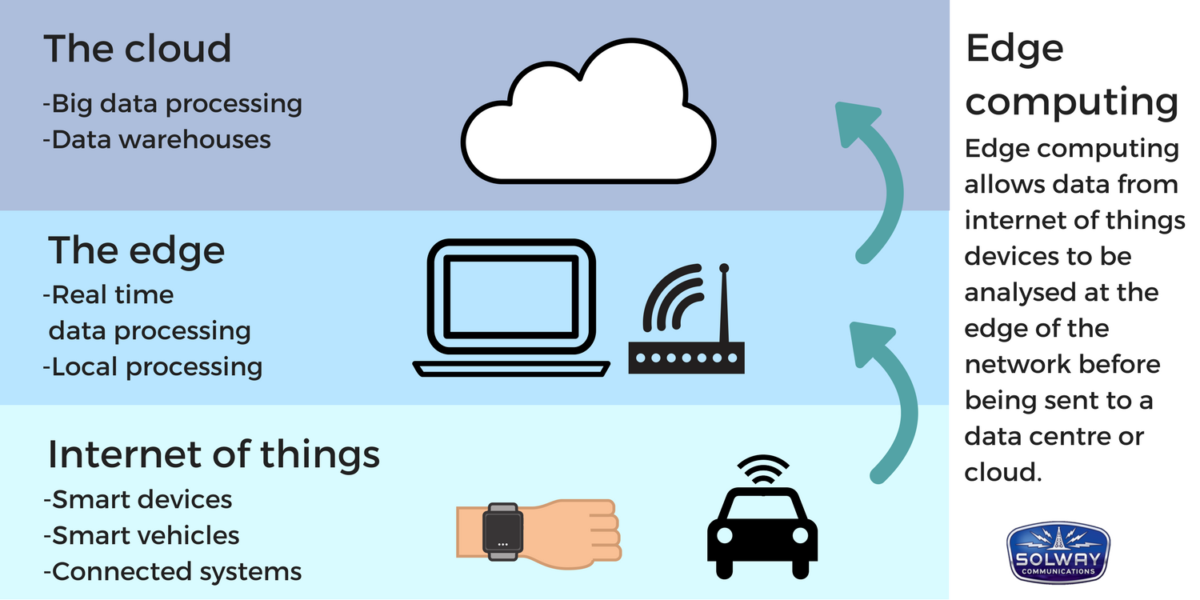
Image Source: Solway Communications
Edge computing systems allow companies to keep the majority of their IT and operational technologies geographically close, improving processing speeds and better-securing data.
Because Industry 4.0 relies on the connectivity of machines and their efficient operation, edge computing functionality is ideal.
Artificial Intelligence
Industry 4.0 enterprises will collect more data than ever through the deployment of automated data collection systems. As such, AI will have an increasingly robust repository of information to process.
Ultimately, the availability of ample data will facilitate improvements in the algorithms that produce platform outputs.
As this next wave of algorithms arrives, deep learning techniques will continue to be popular, but more sophisticated models will undoubtedly emerge.
Blockchain Technology
Blockchain technology facilitates the sharing of data through decentralized infrastructure. In Industry 4.0, this functionality will further support device interconnectivity while enabling decentralized AI and other smart technologies.
For industrial applications, permissioned or private blockchains will likely be deployed for practical use cases such as supply chain management and data sharing.
Permissioned blockchain infrastructure such as Corda, Hyperledger Fabric, Quorum, and Ethereum will continue to offer companies privacy and performance benefits in comparison to public blockchains.
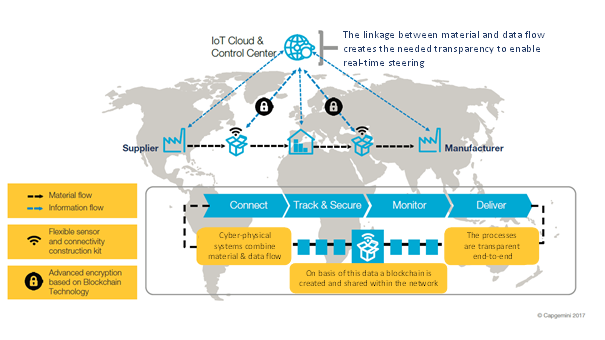
Image Source: Capgemini
The Impact of Industry 4.0
Industry 4.0 is poised to make a dramatic impact across countless industries.
Through the integration of powerful and complementary technologies, companies will be able to extract optimal value from each ecosystem component.
However, it’s crucial to understand how these technologies work together while anticipating potential challenges.
Edge Computing and AI
When compared to cloud platforms and data centers, edge computing has far less processing power. As such, when AI technologies are deployed at the edge of a network, processing speeds often slow inferencing.
To rectify this, some chip manufacturers are building niche, purpose-built accelerators that dramatically speed up model inferencing. Further, many mobile devices are now becoming powerful enough to support AI on the edge.
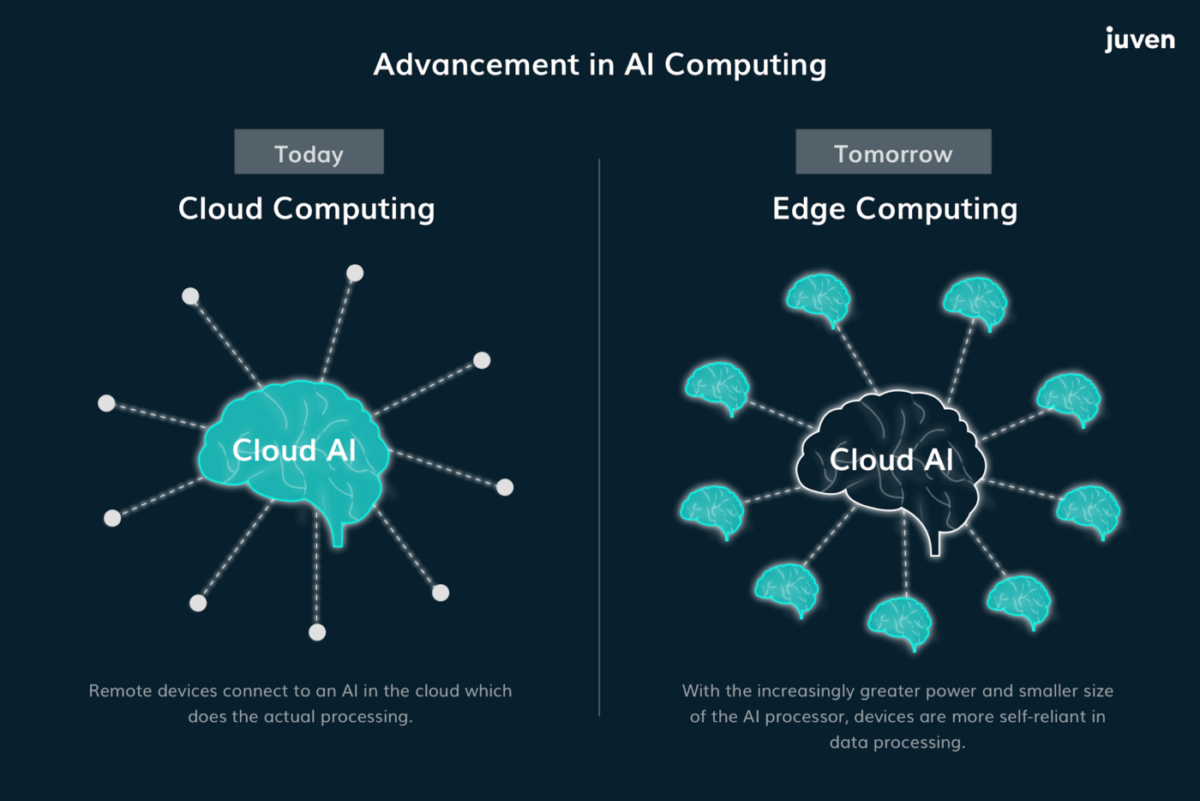
Image Source: Becoming Human
By enabling effective AI on an edge network, valuable use cases are possible. According to Microsoft Research, surveillance camera use is set to grow 20% every year until 2022.
Highways, construction sites, and security systems around the globe will rely on these data-intensive devices more than ever before. Because real-time video feedback is crucial, these IoT machines require the functionality of edge computing and the intelligence of AI to meet emerging demands.
By reducing network latency and the costs associated with central servers and CDN solutions, real-time video analytics becomes a powerful tool.
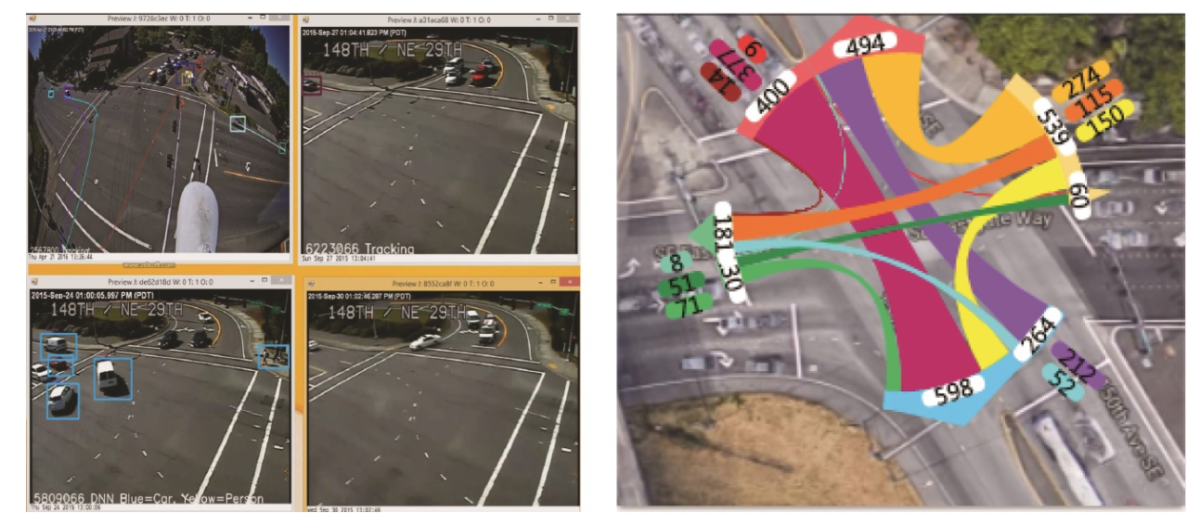
Bellevue, WA city traffic cameras
For instance, a highway traffic camera can recognize irregular driving patterns resulting from accidents, surveillance on construction sites can assist with safety program compliance, and security systems can become smarter and more efficient than legacy solutions.
Edge Computing and Blockchain
The amount of data involved in Industry 4.0 processes is massive. And while edge computing can improve processing speeds by limiting cloud interactions, sometimes there is too much information to handle efficiently and securely.
As such, automatic network management is becoming critical, and blockchain might be the answer.
Using smart contract functionality on a distributed ledger network, device interactions become autonomous.’
Blockchain and AI
As discussed, blockchain technology facilitates decentralized AI technologies.
In referencing decentralized data, AI solutions are less susceptible to corruption and data comes more transparent.
Further, AI outputs can be easily audited should inconsistencies arise.
Preparing for the Future
Companies evolving within Industry 4.0 require a broad perspective and a deep understanding of the integrations between core technologies.
Perhaps most importantly, businesses need to become familiar with how data flows through their organization.
By taking this approach, industrial enterprises can better gauge the appropriateness of specific technologies and how these solutions fit long term objectives.
Executives and managers alike must remain adaptable and open to new opportunities despite the comfort that results from status quo solutions.
As Industry 4.0 continues to evolve, companies can achieve large scale success by pursuing continuous marginal improvements.



